Ultra-refined Moët Hennessy office celebrates Parisian elegance
The Parisian base of the Moët Hennessy group is a workspace full of glamour and design ambition, created by Barbarito Bancel Architectes
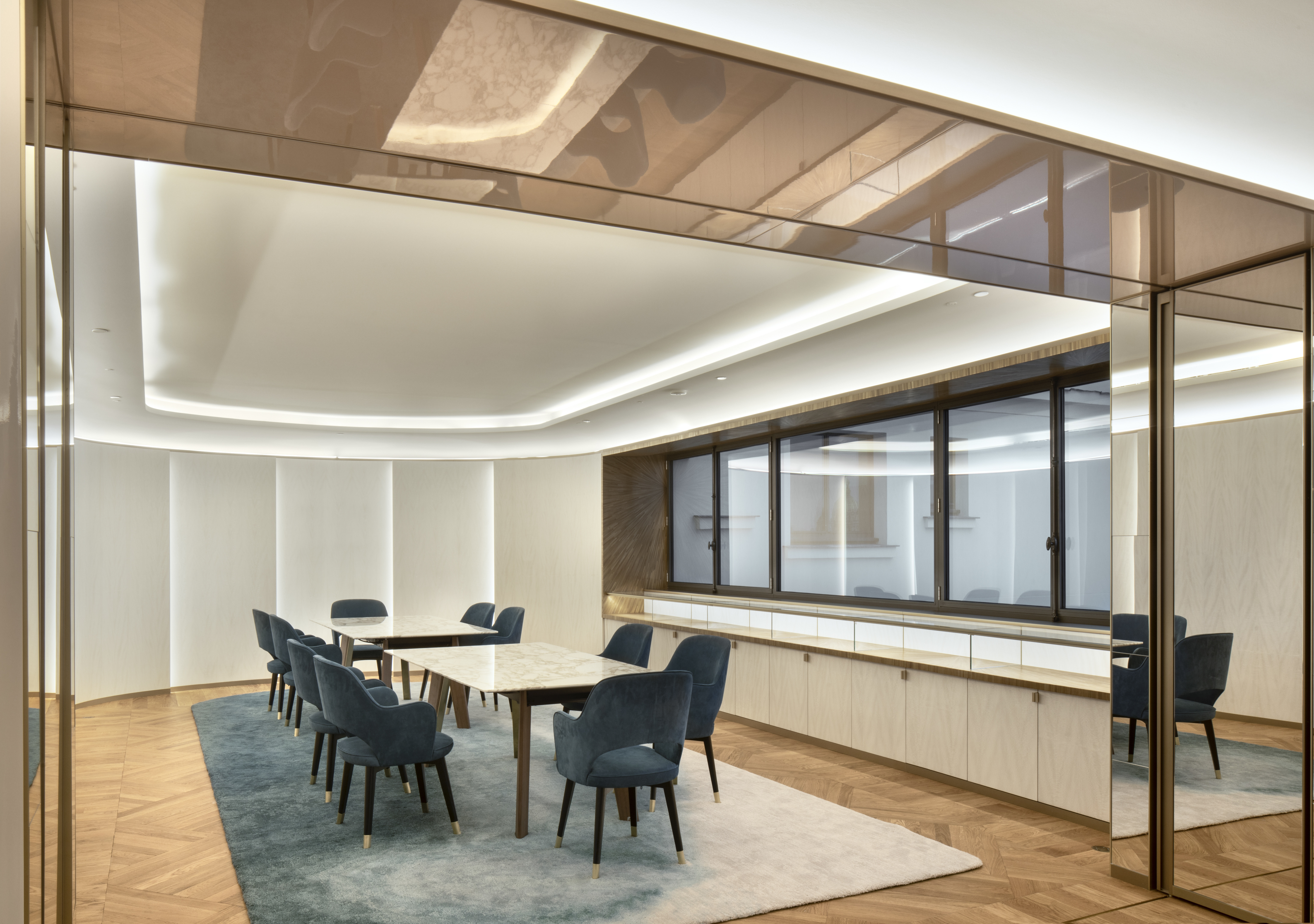
Alessandra Chemollo - Photography
The new Moët Hennessy office in Paris is set in an appropriately glamorous location. The 10,000 sq m space is located on the upper floors of Le Bon Marché, the pioneering department store that was brought to prominence by the skills of Aristide Boucicaut, an entrepreneur who became a partner in the store in 1852.
Boucicaut transformed its fortunes, filling the structurally audacious and architecturally elaborate building with thousands of employees and all manner of goods. Le Bon Marché on rue de Sèvres was one of the first and greatest temples of consumption. It is still going strong, a major revamp having refined and restored the interiors in 2013.

As the ‘MH’ in LVMH, Moët Hennessy has earned the right to occupy this spectacular space within a landmark building that, after all, now belongs to its parent company.

The new Moët Hennessy workspaces were created by Parisian firm Barbarito Bancel Architectes, working in close collaboration with MH’s president, Philippe Schaus. Architects Ivana Barbarito and Benjamin Bancel set up their studio in 2011 and have done extensive work for Dior.
For MH, the main aim was to tailor the space to the company’s ethos, using the spacious attic spaces – once home to dormitories for the store’s female workers – to create a variety of different zones, from formal boardrooms, to meeting rooms, a dedicated bar, and a spectacular main space for working, reading, and conversation.
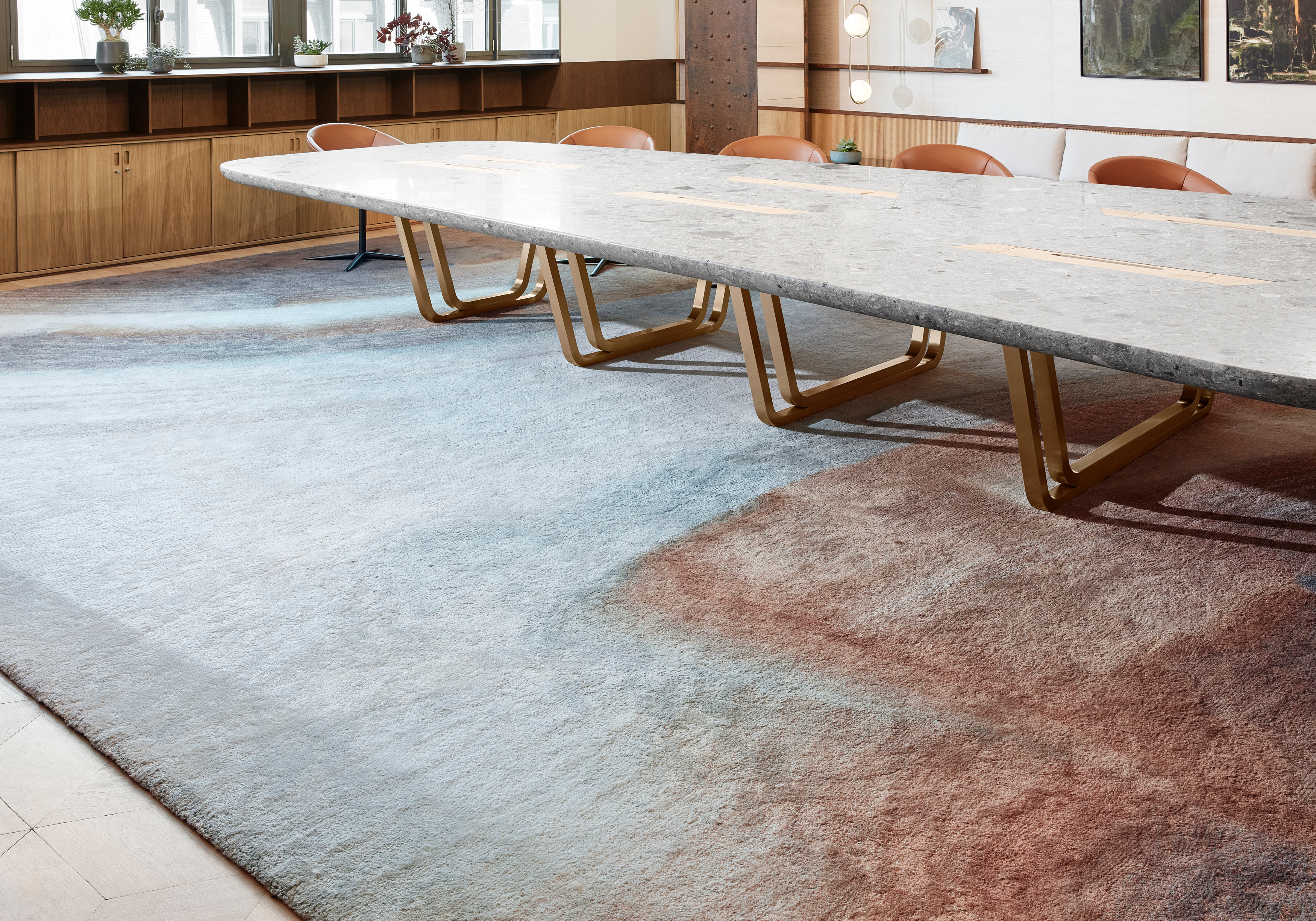
The art deco qualities of the original building have been overhauled, restored, and taken to new levels of elegance. From the tall arched windows set into the mansard roof, to the large light features that give the ceilings a flowing, sculptural quality, through to bespoke elements like the boardroom table and marble bar, the new offices evoke the grandeur of a bygone era.
The architects describe the result as an architectural space that ‘touches the sphere of the invisible, relating to individual feelings and favouring wellbeing that goes well beyond immediate comfort’.
Receive our daily digest of inspiration, escapism and design stories from around the world direct to your inbox.
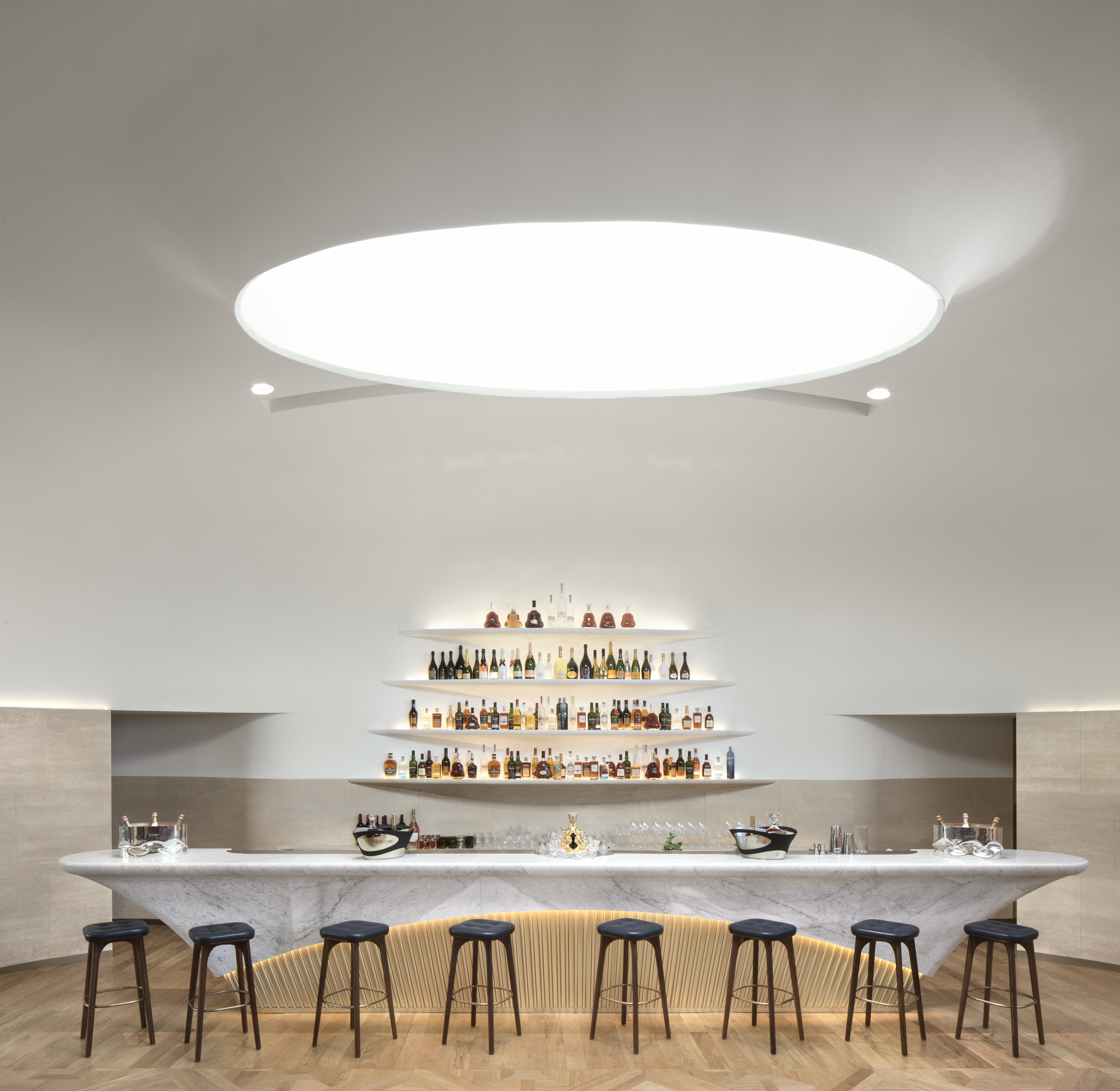
Craft and quality are evident in every surface, with bespoke rugs underfoot, above carefully laid parquet flooring and alongside unique pieces of furniture, ceramics and stone finishes, as well as movable steel-framed glass partitions.
‘Moët Hennessy’s values have been a source of inspiration,’ say the architects, going on to list ‘excellence, know-how, craftsmanship, attention to detail, authenticity of materials, nobility without ostentation, the festive spirit, the pleasure of celebrating, the art of living, and the art of tasting’.
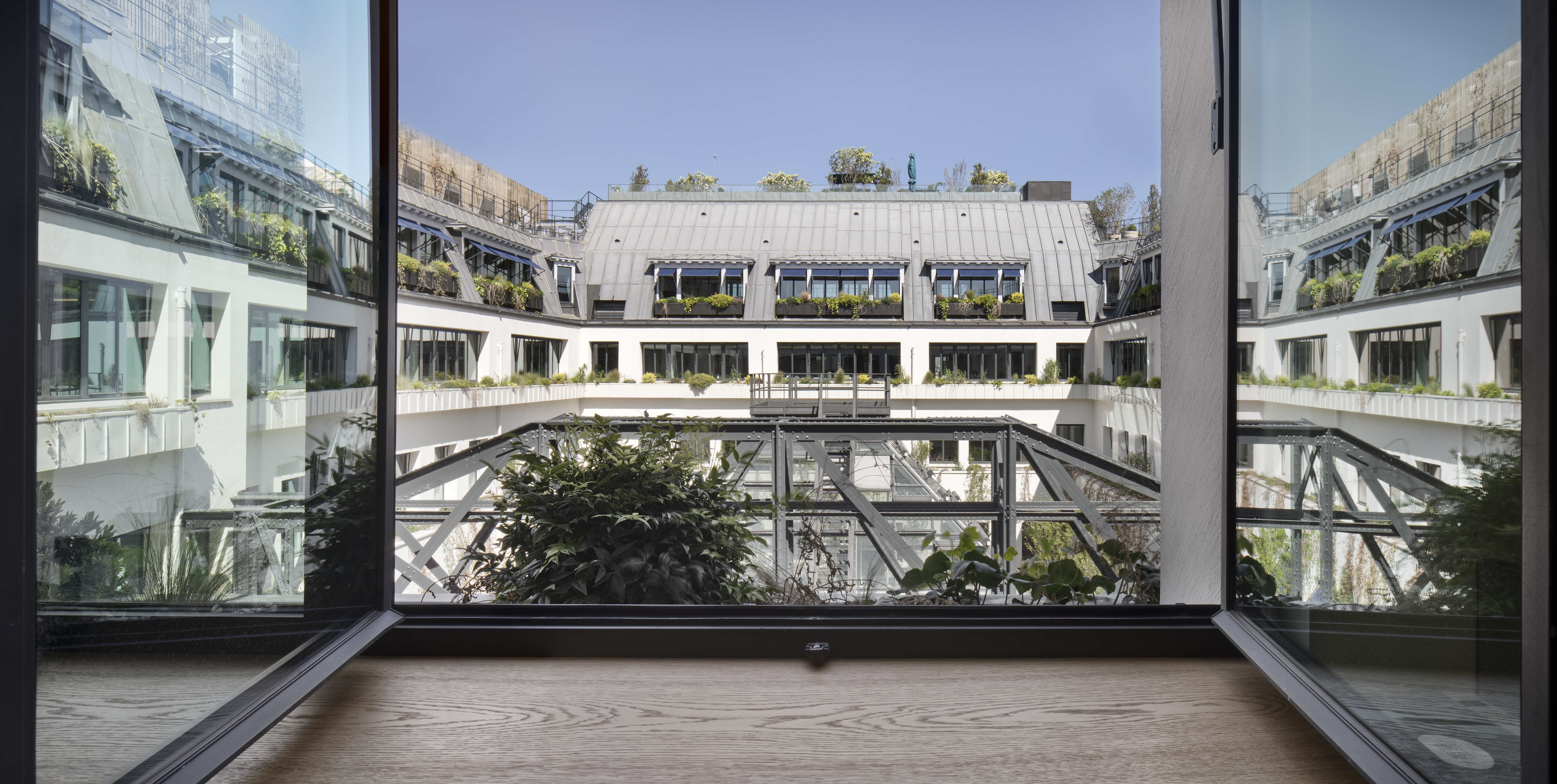
As well as views out across the Parisian skyline, the new offices overlook the department store’s inner courtyard, with its restored original steel structure supplemented by new planting.
Companies are under increasing pressure to lure workers back to their desks, meaning that office design plays a bigger role than ever before. As befits the world of their clients, Barbarito Bancel Architectes have gone all out to embrace richness, charm, and effortless class
INFORMATION
Jonathan Bell has written for Wallpaper* magazine since 1999, covering everything from architecture and transport design to books, tech and graphic design. He is now the magazine’s Transport and Technology Editor. Jonathan has written and edited 15 books, including Concept Car Design, 21st Century House, and The New Modern House. He is also the host of Wallpaper’s first podcast.
-
 La Monique brings the French Riviera to Santa Monica
La Monique brings the French Riviera to Santa MonicaA transportive room of velvet, candlelight, and Riviera chic, serving French favourites with a modern wink
-
 Kat Milne is the designer behind fashion’s most intriguing retail spaces
Kat Milne is the designer behind fashion’s most intriguing retail spacesInfused with elements of the surreal, Kat Milne has designed stores for the likes of Marc Jacobs, Sandy Liang and A24. ‘People are looking for a more tactile experience,’ she tells Wallpaper*
-
 A refreshed 1950s apartment in East London allows for moments of discovery
A refreshed 1950s apartment in East London allows for moments of discoveryWith this 1950s apartment redesign, London-based architects Studio Naama wanted to create a residence which reflects the fun and individual nature of the clients
-
 This modernist home, designed by a disciple of Le Corbusier, is on the market
This modernist home, designed by a disciple of Le Corbusier, is on the marketAndré Wogenscky was a long-time collaborator and chief assistant of Le Corbusier; he built this home, a case study for post-war modernism, in 1957
-
 ‘You have to be courageous and experimental’: inside Fondation Cartier’s new home
‘You have to be courageous and experimental’: inside Fondation Cartier’s new homeFondation Cartier pour l'art contemporain in Paris invites us into its new home, a movable feast expertly designed by Jean Nouvel
-
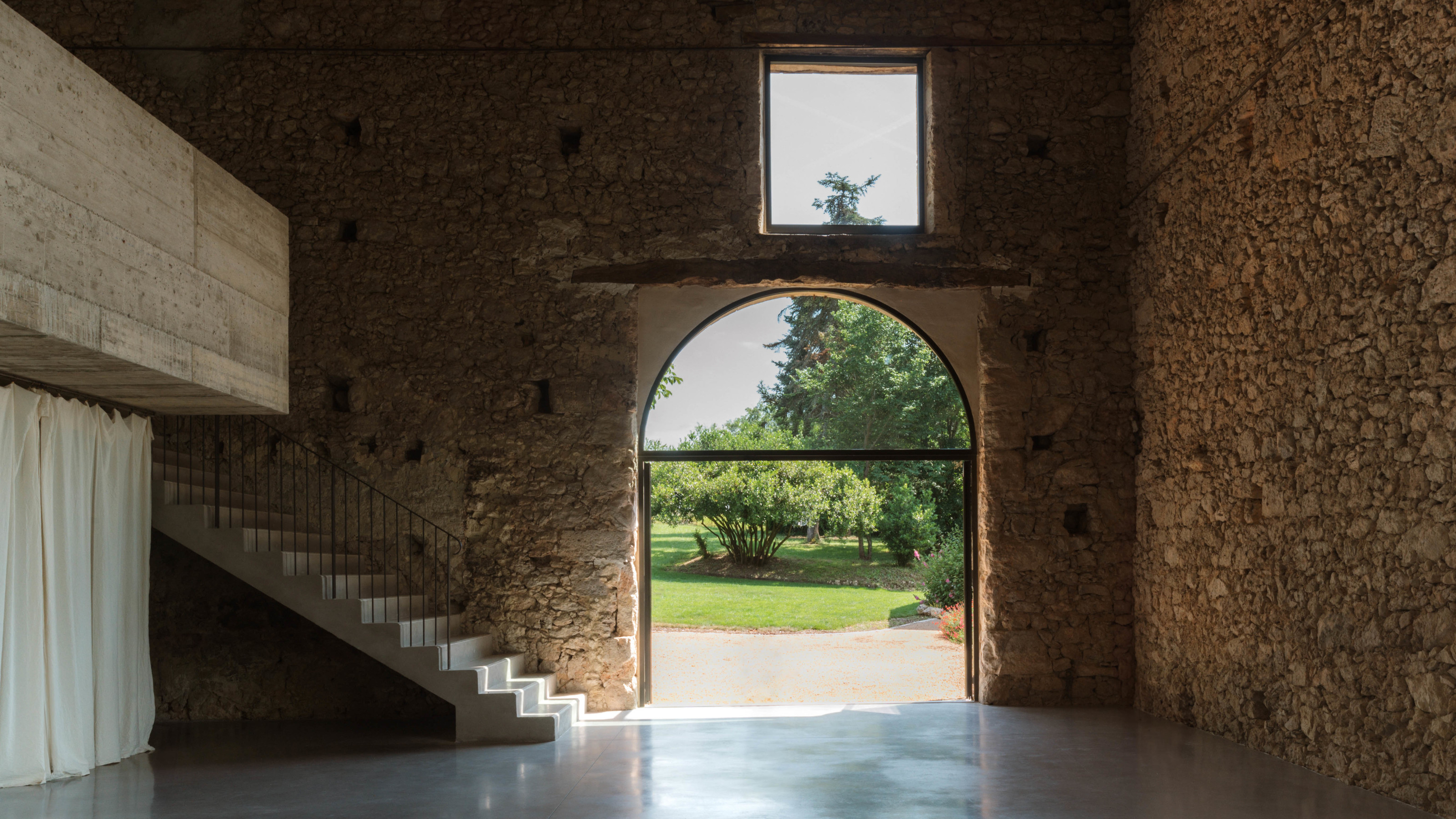 A wellness retreat in south-west France blends rural charm with contemporary concrete
A wellness retreat in south-west France blends rural charm with contemporary concreteBindloss Dawes has completed the Amassa Retreat in Gascony, restoring and upgrading an ancient barn with sensitive modern updates to create a serene yoga studio
-
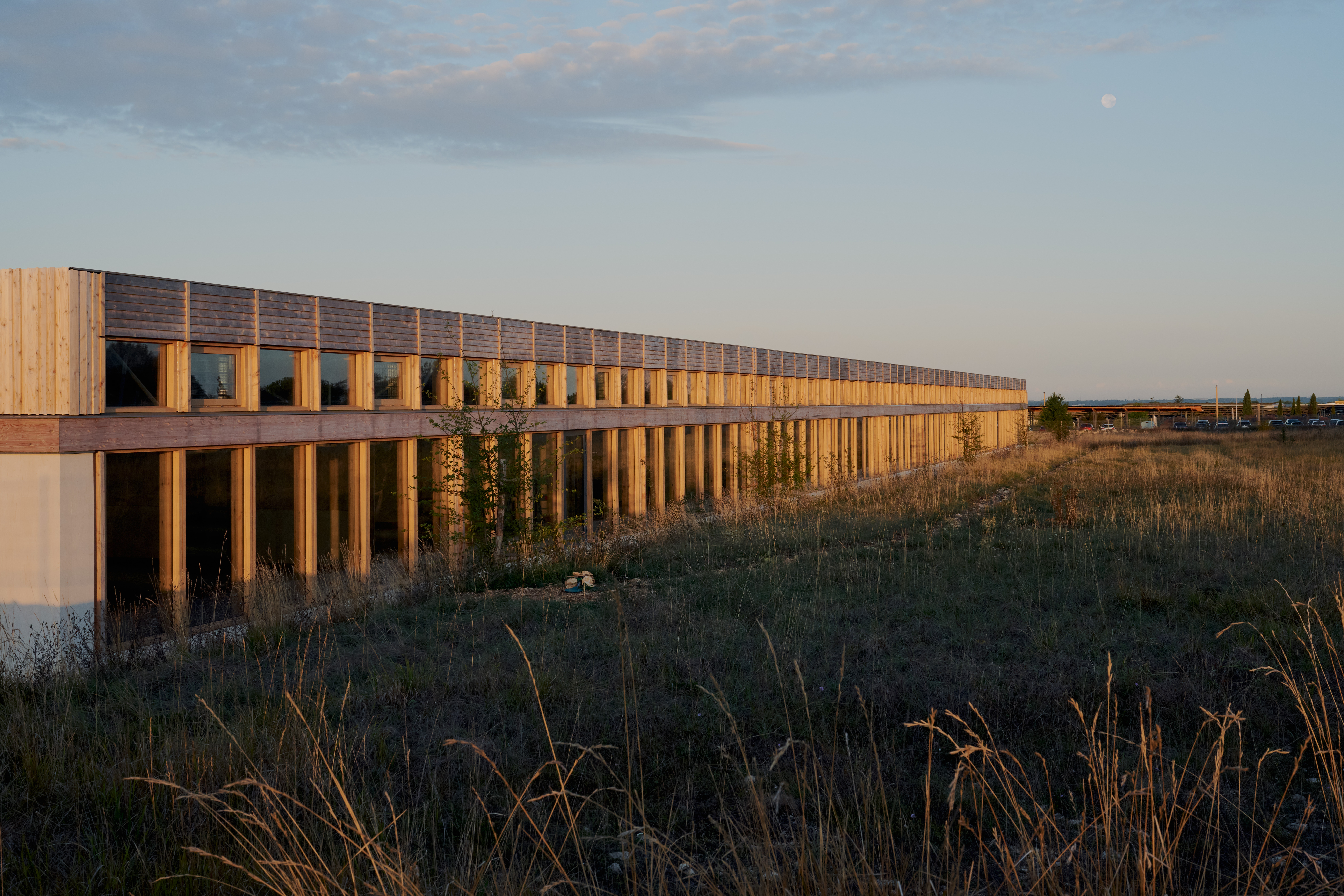 Explore the new Hermès workshop, a building designed for 'things that are not to be rushed'
Explore the new Hermès workshop, a building designed for 'things that are not to be rushed'In France, a new Hermès workshop for leather goods in the hamlet of L'Isle-d'Espagnac was conceived for taking things slow, flying the flag for the brand's craft-based approach
-
 ‘Landscape architecture is the queen of science’: Emanuele Coccia in conversation with Bas Smets
‘Landscape architecture is the queen of science’: Emanuele Coccia in conversation with Bas SmetsItalian philosopher Emanuele Coccia meets Belgian landscape architect Bas Smets to discuss nature, cities and ‘biospheric thinking’
-
 An apartment is for sale within Cité Radieuse, Le Corbusier’s iconic brutalist landmark
An apartment is for sale within Cité Radieuse, Le Corbusier’s iconic brutalist landmarkOnce a radical experiment in urban living, Cité Radieuse remains a beacon of brutalist architecture. Now, a coveted duplex within its walls has come on the market
-
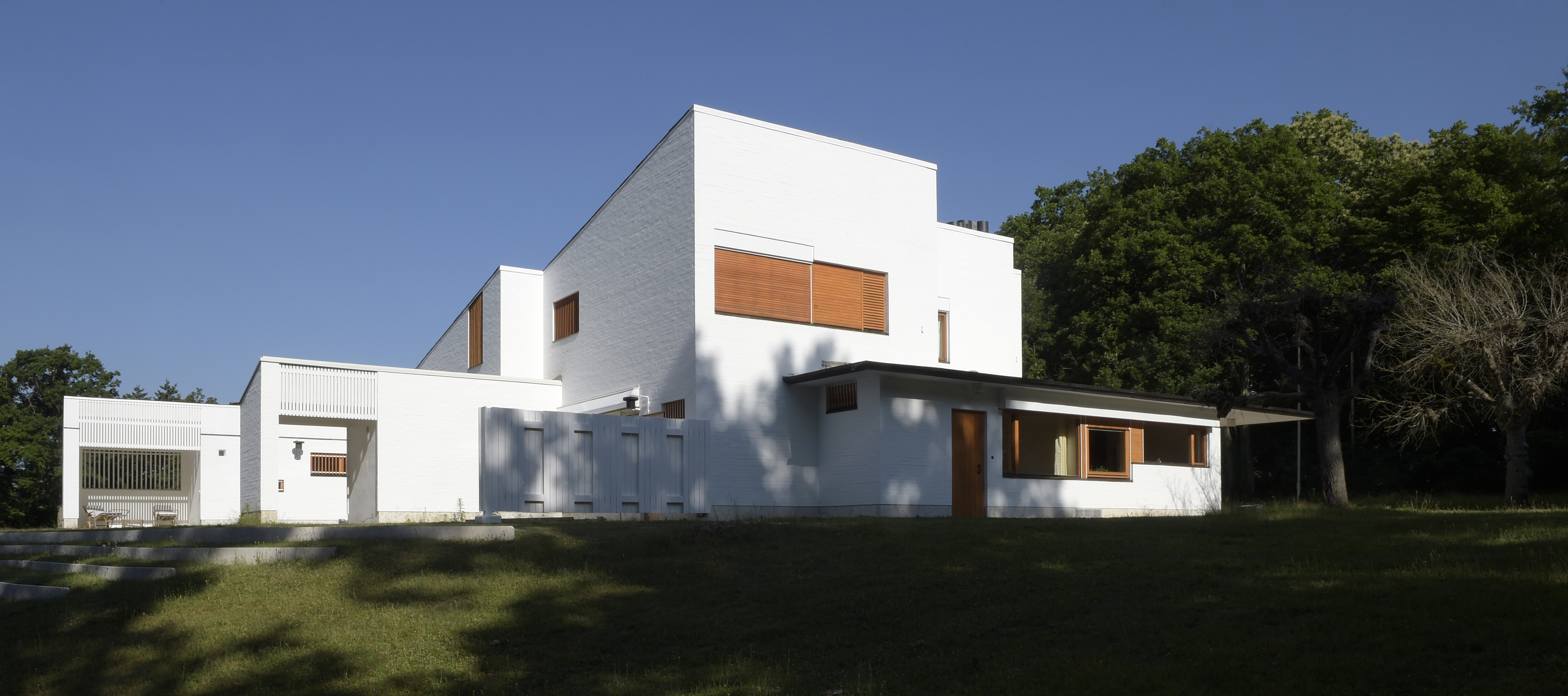 Maison Louis Carré, the only Alvar Aalto house in France, reopens after restoration
Maison Louis Carré, the only Alvar Aalto house in France, reopens after restorationDesigned by the modernist architect in the 1950s as the home of art dealer Louis Carré, the newly restored property is now open to visit again – take our tour
-
 Meet Ferdinand Fillod, a forgotten pioneer of prefabricated architecture
Meet Ferdinand Fillod, a forgotten pioneer of prefabricated architectureHis clever flat-pack structures were 'a little like Ikea before its time.'